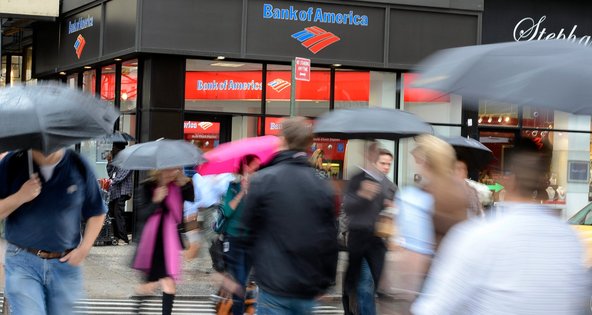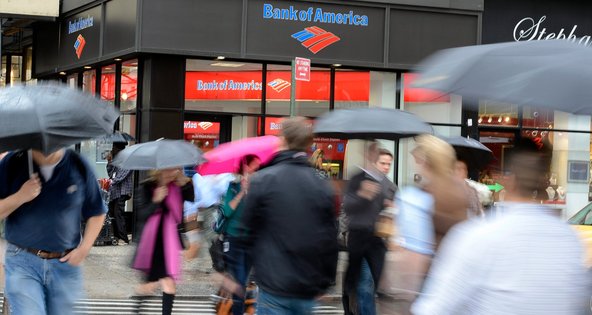“I can’t share the enthusiasm” about budding growth in the euro zone, Mario Draghi, the president of the E.C.B., said at his monthly news conference. “These shoots are still very, very green.”
The E.C.B. left its benchmark interest rate unchanged at a record low of 0.5 percent Thursday, a decision that had been expected after recent economic indicators showed the euro zone economy was beginning to recover, albeit weakly. But he said the central bank had not ruled out future rate cuts.
“We certainly are alert to the geopolitical risks that may come from the Syrian situation,” he added.
Mr. Draghi’s remarks were unexpectedly pessimistic and could dampen hopes by some economists and political leaders that the euro zone is finally on the mend, following a stubborn recession that has pushed unemployment to more than 25 percent in Spain and Greece.
The central bank also revised down slightly its forecast for euro zone growth in 2014, to 1 percent from 1.1 percent.
The E.C.B. may not welcome undue optimism about the euro zone economy because it could cause market interest rates to rise and make credit even more unaffordable for the businesses and households in Southern Europe that need it most.
“Mr. Draghi believes investors are jumping the gun on the state of the euro zone economy and is providing a reality check in an effort to talk down market rates,” Nicholas Spiro, managing director of Spiro Sovereign Strategy, said in an e-mail.
European stocks headed higher and the dollar reached a six-week high against the euro while Mr. Draghi was speaking, as investors took his words as a sign the bank would keep interest rates low.
On Thursday in Britain, which does not use the euro currency, the Bank of England also held interest rates at a record low, as policy makers there, too, were hesitant to celebrate tentative signs of an economic recovery.
Mr. Draghi indicated that the E.C.B. Governing Council, which held its monthly monetary policy meeting Thursday, had not ruled out further cuts in the benchmark interest rate. During the debate Thursday, he said, some members argued against a cut because of signs of better growth, while others noted that growth remained tentative.
Some analysts agreed that it was too soon to feel optimistic about the euro zone economy.
The E.C.B.’s outlook showed “caution that we think is warranted,” Marie Diron, an economist who advises the consulting firm Ernst Young, wrote in an e-mail.
Mr. Draghi also addressed suggestions that Greece might need further restructuring of its debt, which many analysts argue is still well beyond the country’s ability to pay.
He repeated his recent insistence that the central bank would not be willing to take any losses as the largest holder of Greek bonds in any sort of debt relief that international creditors might be planning for Greece. Replying tersely to a question on the topic, Mr. Draghi said that the E.C.B. charter prohibited it from financing governments.
Earlier in the day, Jeroen Dijsselbloem, the head of the Eurogroup of finance ministers, told the European Parliament that Greece would need more aid next year. But he studiously avoided using terms like bailout or loans, opting instead for terms like “support” and “measures.”
Mr. Dijsselbloem’s testimony, which lasted nearly two hours, appeared crafted to avoid irritating voters in countries like Germany, which faces a general election this month and where there is weariness at the prospect of bailing out other euro zone countries after three years of debt crises.
According to official European Union data, the euro zone grew at an annualized rate of 1.2 percent in the second quarter of 2013, marking the end of a recession that began in mid-2011.

James Kanter contributed reporting from Brussels.
Article source: http://www.nytimes.com/2013/09/06/business/global/european-central-bank-holds-rate-steady-at-0-5.html?partner=rss&emc=rss




